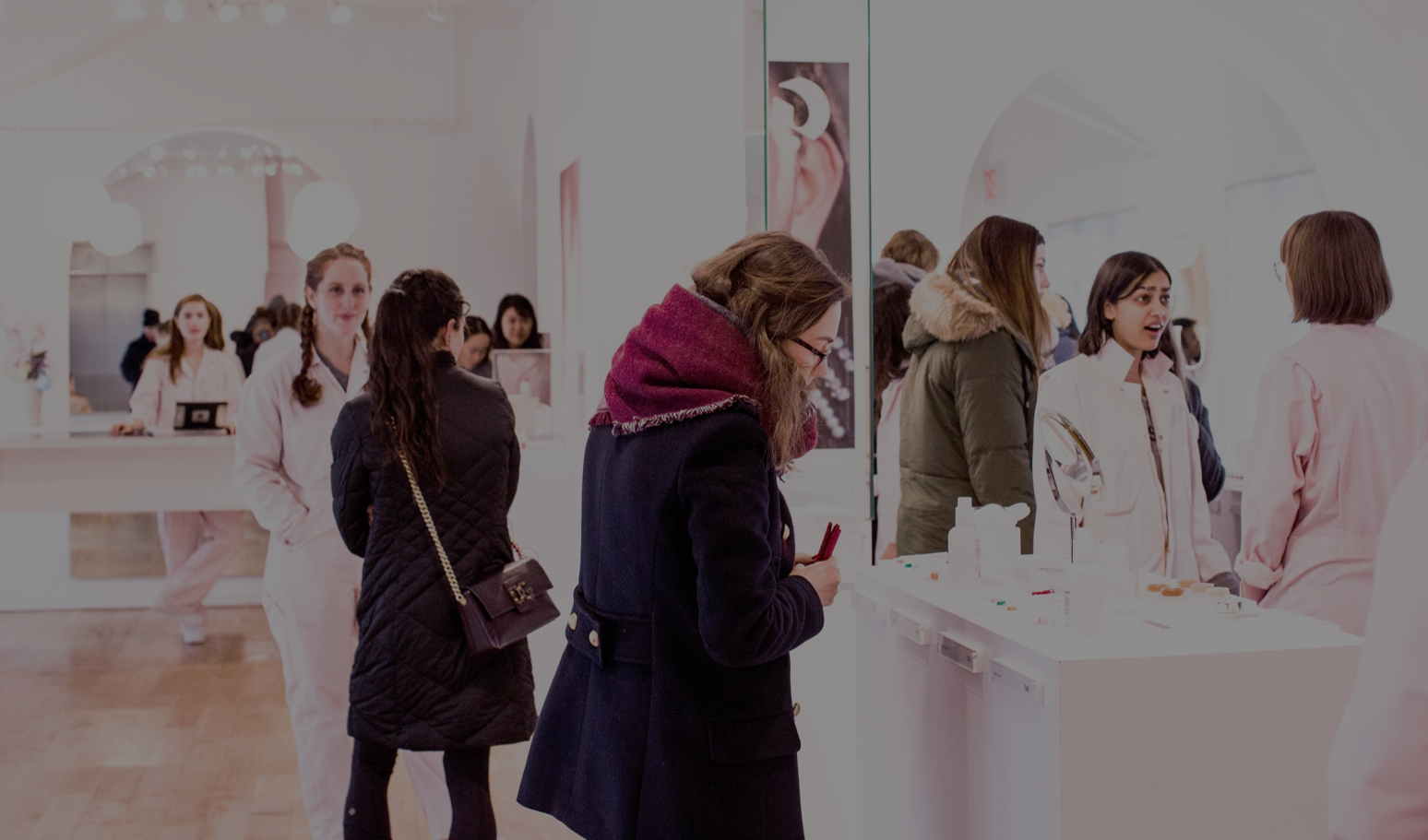With the cost of rent for retail spaces skyrocketing in recent years and the so-called retail apocalypse leaving hundreds of empty stores in its wake, it is not hard to see why pop-up shops have increasingly grown in popularity. After all, why risk losing it all when you can experiment with a cost-effective alternative enabling you to test new ideas and markets? The PR value alone can make pop-up stores well worth the effort involved.
For some retailers, like Spirit Halloween, focusing on certain opportune times of the year is a core part of their business strategy. They can bet on customers experiencing feelings of nostalgia and excitement year after year, making them likelier to spend more during the Halloween season. Pop-up shops can also be a great way for brands or online-only retailers to get closer to shoppers and experience the benefits of physical retailing with minimal risk and commitment.
With these temporary stores popping up everywhere in recent years, retailers need to differentiate themselves if they wish to be profitable. While running a successful pop-up shop can be challenging, it also creates the possibility for major rewards. This article explores four simple strategies retailers can implement to make their pop-up shops a success.
1. Remember That it’s All About Location
Once you have set clear, time-constrained goals for your pop-up shop, you need to ensure that the space you picked is ideally located and that it will drive sufficient foot traffic. There are several locations worth considering for your pop-up shop, whether it means renting a booth or a vacant retail space in a mall, a high traffic downtown storefront, or an outdoor pop-up location. Working with real estate agents or websites specialized in pop-up shop rentals makes it easier than ever to find the temporary locations of your dreams. Once you’ve found the perfect spot for your store, do not forget to negotiate the lease, and beware: some landlords have very restrictive clauses in their lease agreement. Retailers should also consider investing in Cloud-based software to run temporary locations, as it can allow them to scale more efficiently, adding and closing stores with minimal effort.
2. Get Creative and Take Retailtainment to the Next Level
The fact that pop-up shops are only around for a short period of time every year creates added pressure on retailers to deliver memorable customer experiences with no room for error. Therefore, coming up with innovative store concepts is essential. For example, since 2016, the Museum of Ice Cream has been creating a buzz-worthy event thanks to its giant popsicle sculptures, banana swing chairs, and swimmable sprinkles. By offering unexpected and highly Instagrammable customer experiences, retailers can conquer the hearts of both children and adults, by making them feel like they’re visiting an exciting theme park.
3. Generate Social Media Buzz
Organizing workshops or live events can help engage your audience and announcing it on social media is a smart way to attract customers to your store. Considering making your store Instagram-ready is also a must if you’re trying to generate interest among younger generations. For example, visual merchandising, beautiful backdrops, and digital displays should all be incorporated into your store. What’s more, with the recent explosion of influencer marketing, retailers should capitalize on the opportunity of partnering with social media influencers. In fact, according to a Collective Bias study, 60 percent of consumers have been influenced by a social media post or a blog review while shopping in a store. Grabbing customers’ attention on social media is a smart way to attract them into your stores.
4. Invest in Technology Now
Some retailers may be reluctant to invest in technology tools for their temporary stores, as they may perceive them as superfluous investments. However, with the rise of digital retailing, these investments have become an absolute must. Bridging the online and offline worlds, for example, is essential, and creating engaging touchpoints can help increase foot traffic. So, why not invest in modern mobile POS solutions to allow sales associates to serve customers anywhere in the store? Thanks to a single transaction interface, retailers can combine transaction types including sales, returns, exchanges, orders, services and more – all from a single transaction. Capturing client profiles and interactions can also help maximize on the high traffic of the event. What’s more, merchandise management solutions can help retailers plan the right amount of inventory and then redistribute the remaining stock back to stores or warehouses in the most efficient manner when it’s time to close the pop-up shop. Investing in a beautifully-designed e-commerce platform with integrated SEO tools is also key, as it can give the visibility retailers need to get their pop-up shops noticed online.




